By Rick VanSickle
The “dream team” winemaking couple of Peter Gamble and Ann Sperling base themselves in Niagara, but their very own passion project is 10,600 km away.
The couple has etched their legacy in stone on the Canadian wine landscape from the vineyards of B.C., through Ontario and all the way to the tranquil beauty of Nova Scotia. They put the same amount of energy and expertise into all the projects they work on, but their own Versado Malbec winery in Mendoza wine country in far-flung Argentina is where they have full control of every aspect of the Malbecs they craft.

Canadian wine lovers will recognize Gamble and Sperling, above, from their many winemaking and viticultural projects from coast to coast.
Sperling was brought up on her family’s Okanagan Valley vineyard and winery, and throughout a robust career is recognized as a Canadian pioneer of organic and biodynamic viticulture as far back as the 1990s. She is also known for her head winemaking roles over the years at Malivoire Wines, Southbrook Vineyards and her family’s Sperling Vineyards (now sold).
Gamble, a lifetime wine industry professional whose career has encompassed roles as a sought-after professional winemaker and consultant, an internationally recognized wine taster and judge, and the founding executive director of the VQA, has long worked alongside Canada’s most skilled vignerons to achieve greater heights from top appellation wines.

Since 2000, Gamble has been dedicated to prestige wineries in their start-up phase, providing expertise in a range of areas critical to the successful establishment of ultra-premium winemaking operations. Along with his international work, Gamble, and often working alongside his wife Sperling, was the lead consultant in significant Canadian projects including, Stratus Vineyards, Ravine Vineyards and On Seven; and in Nova Scotia, Benjamin Bridge Vineyards and Lightfoot and Wolfville Vineyards. Other wineries they have a hand in helping include, Stonebridge/Lailey, Dobbin Estates, Cloudsley, Kirby Estates and Icellars.
With the purchase of the Versado Malbec planting in Mendoza, in 2008, the couple broadened their winemaking activities, but Niagara continues to be where their hearts are and where they chose to make their home.
It was in 2006 when Sperling and Gamble began their quest for both an ancient Malbec vineyard and an elegant residence in Mendoza wine country. Through countless trips, they investigated hundreds of properties and vineyards. The search for a residence culminated in 2007 when they found the estate called Villa Viamonte in the old town of Chacras de Coria.
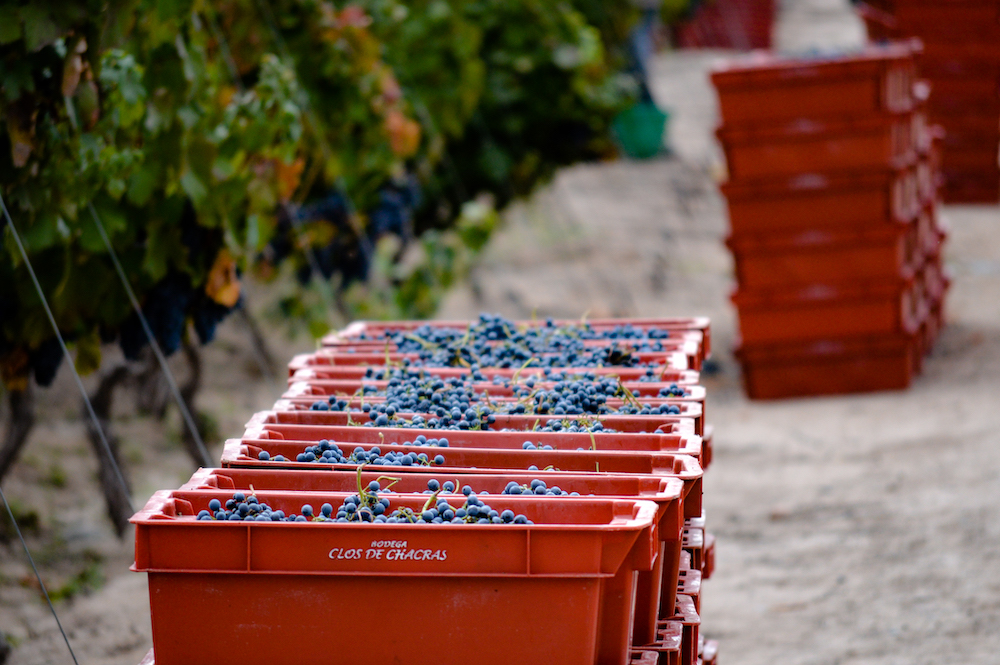
Next came the hunt for the perfect vineyard. Right from the outset, they secured the expert consultation from Roberto de la Mota and two other specialized Mendoza viticulturists, and, under their guidance, they became ever more versed in the soils, aspects, meso-climates, topography and potential of the finest micro-terroirs of Mendoza’s many and varied high altitude vineyards. Their research involved closer examination of well over 200 vineyards, and finally, in 2008, they found and purchased an ancient vineyard on the legendary Cobos Road.
The next steps were to assemble a permanent team that would carefully bring the vineyard to the meticulous level of viticultural tending that is required to produce the world’s finest wines. And so, the first vintage of their own wine was a limited release from their finest vines in 2009 at what they named Versado, a word to honour the homeland of the vineyard. The word translates to ‘well-versed’ (expert or accomplished), and it has the same “poetic echo” (relating to ‘verse’) that it does in English.
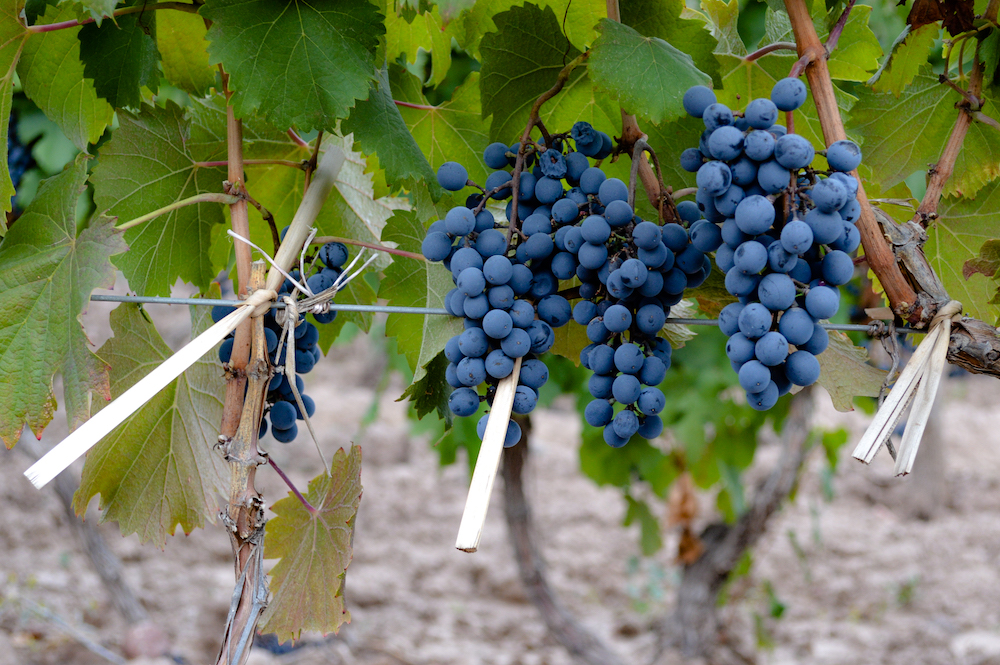
The starting point for Gamble and Sperling became their practical learning baseline – a chance to move from theory to practice – and to learn about the winemaking realities of their newly-gained terroir. The old vines had just been through a rough patch, enduring two consecutive, unprecedented hail disaster years. This resulted in physical stress to older wood and to young vine shoots. While the main crop was harvested, they were able to retain a single perfect cluster per vine. “We allowed it to hang an extra month before harvesting, resulting in barely enough fruit to make a single barrel of rich, yet structured red wine,” they said.
Today, with the vineyards in perfect health and many vintages behind them, up to three expressions of Malbec are released each vintage to critical acclaim. Most of the wines are released through Vintages or through CRU Wine Merchants in Ontario.
Gamble and Sperling spend at least 10 weeks a year (harvest time and back for bottling) at the winery while a dedicated crew handles the evolution of the wines through long-distance consultation when they aren’t there.
I tasted three upcoming Malbecs from Versado with Gamble last week, and my reviews are below. Two of the wines are coming to Vintages stores this fall and winter. Here’s what I liked:
The winemaking

Based on the experience of Gamble and Sperling, and the learnings since the 2008 vintage, the following protocols have been developed for Versado:
• Select bunches are hand harvested into 15 kg lugs from our single estate vineyard on Cobos Road.
• Gentle tipping to shaking-sorting table for manual sorting by 8 meticulous sorters. Imperfect and dehydrated berries are removed, along with leaves and other non-grape matter.
• To obtain perfect purity and the best possible wine, all juice that comes out of the grapes on the sorting table is discarded.
10% of the whole clusters are re-collected in the lug boxes and manually tipped into a traditional concrete fermenter to ferment as whole bunches along with destemmed must.
• After a cool soak of about 72 hours, native yeasts commence fermentation and are allowed to reached a peak temperature of 30 C for a day or two. Fermentation continues until dryness for a total period on skins of approximately three weeks. Minimal temperature regulation is required, except in warm falls, due to the thermo-stability of our dense concrete vat and seasonal cool outdoor weather.
• The cap is managed through punch downs – one to three per day, depending on vintage conditions.
• Free-run wine is drained from the fermentation vat.
• The pomace is gently pressed, and any coarse tailles are not retained for Versado. After a 30-hour settling, the wine is racked to French oak barrels (10-15% new) where malolactic fermentation is allowed to occur naturally, without inoculation.
• Over the next 12 months of elevage, the wine is left to naturally and slowly transform.
• Exhaustive blending and tasting trials, involving both Gamble and Sperling are complete only when complex blends of the Versado wines have been created. • Reserva is returned to barrel for an additional 12 months of integration in the cellar before bottling.
The wines
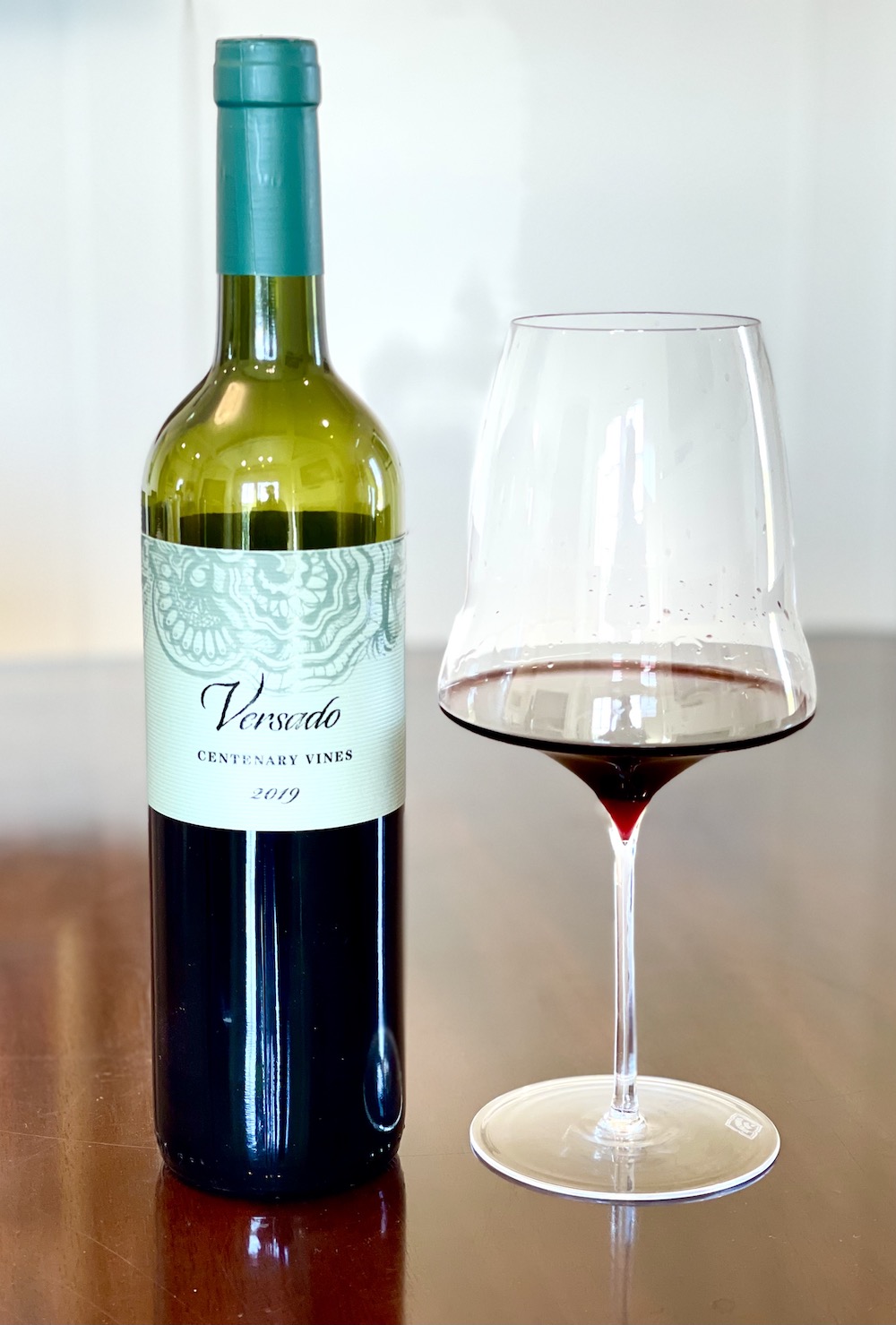
Versado Centenary Vines Malbec 2019 ($30, Vintages Oct. 25, 92 points) — The Versado vineyard in Lujan de Cuyo experiences consistently dry weather with precipitation 40% lower than usual resulting small in berries and slightly lower yields. The 2019 harvest happened about one week earlier than usual, on March 28, and the grapes were in pristine condition with no botrytis or downy mildew. A high skin/juice ratio that resulted from the small berry size made for highly concentrated wines with great colour. Acidities ran higher than usual due to the cool climate. Gamble and Sperling expect the 2019s to be approachable when young, but also able to age.
For this vintage, the couple decided to create a new label called “Centenary Vines” as an homage to the very old planting. These vines are a massale selection of own-rooted Malbec planted in a period in Argentina when quality and longevity of wines were at a pinnacle in the pursuit of fine winemaking.
The nose is robust with the full range of blackberries, cassis, purple plums, anise, forest floor, floral notes and toasty spice accents. It’s plush and ripe on the palate with medium-soft fine tannins and and array of dense dark berries, kirsch, juicy plums, cocoa and integrated spices on a lifted finish. Fantastic value for a Malbec at this level. Can cellar through 2034.
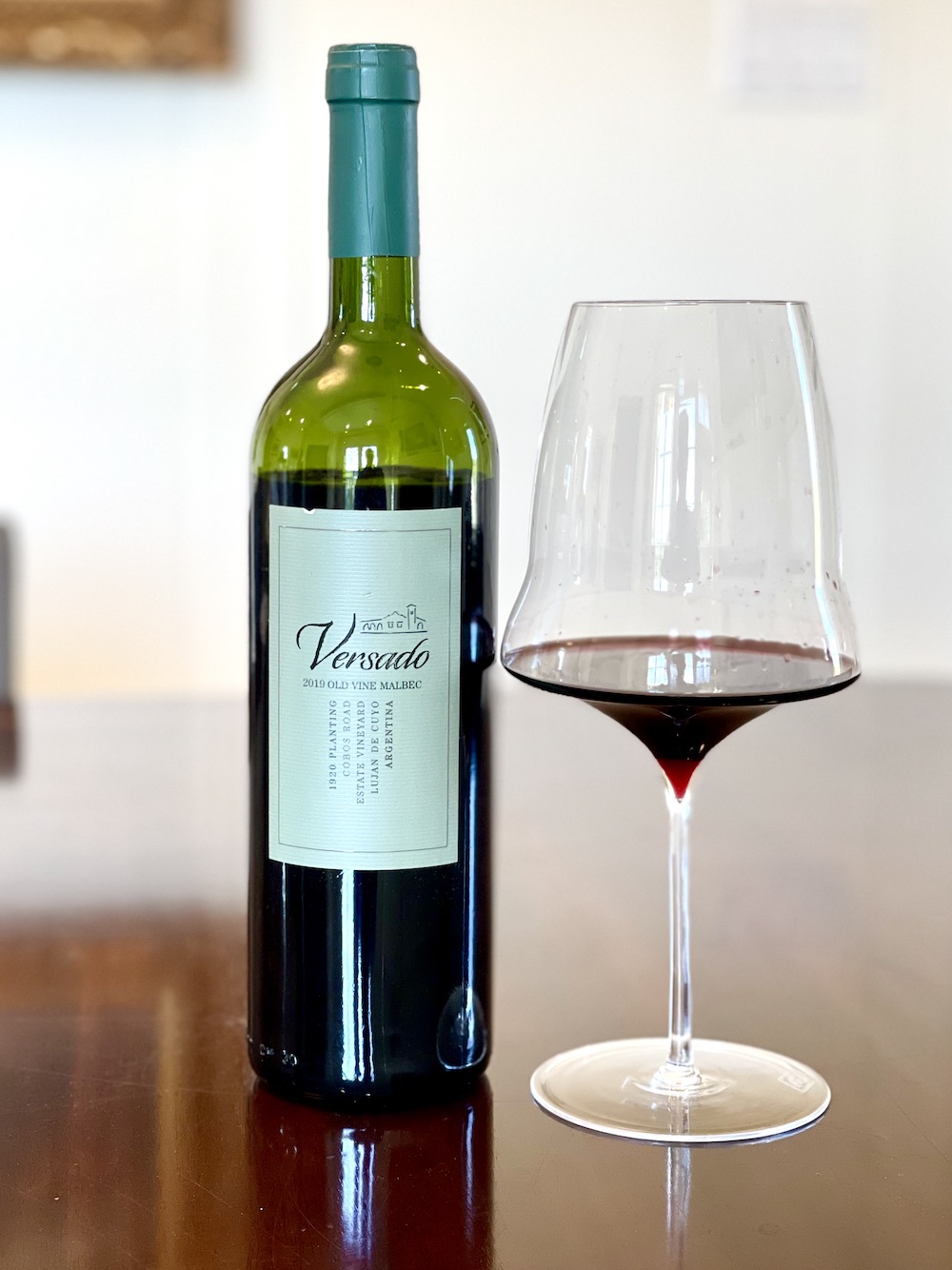
Versado Old Vine Malbec 2019 ($44, through CRU Wine Merchants here, 93 points) — The estate vineyard where this Old Vine Malbec is located, in the old town of Chacras de Coria, has been certified organic since the 2015 vintage. It’s a “barrel expression” of Malbec that was planted in 1920. As you go up the ladder in this trio of Versado wines, elegance and poise are elevated, starting right here with the Old Vine expression. The nose is more subtle, more reserved in its youth than the Centenary, but swirl it and lovely perfumed note emerge in support of ripe black currants, cassis, purple plums, lavender, leather and elegant, integrated spice notes. It’s beautifully balanced and harmonious on the palate, bringing together ripe tannins, structure and a melange of ripe dark berries, cocoa, subtle herbaceous notes, plums and spices on a lifted and vibrant finish. It will provide excellent drinking through 2035.

Versado Reserva Malbec 2020 ($70, Vintages Dec. 6, 94 points) — The Reserva is the ultimate expression of Malbec in the Versado portfolio. The 2020 vintage resulted in a more structured, intense style of wine, compared to the more fruit-driven wines above, with smaller berries from vines that yielded only two or three bunches. The nose shows rich and deep notes of black currants, violets, plums, anise, a touch savoury with elegant spice notes. The potential of where this wine is going, with just a bit of cellaring, begins to emerge on the palate with its dense array of dark berries, spicy/savoury goodness, structured and ripe tannins, lifted spice notes and freshness through a lifted and long finish. Lovely Malbec at the highest end of the spectrum for serious Malbec. Can cellar through 2037.
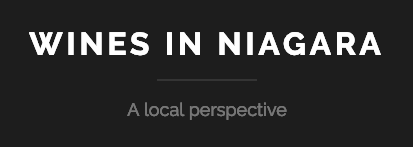








Comment here